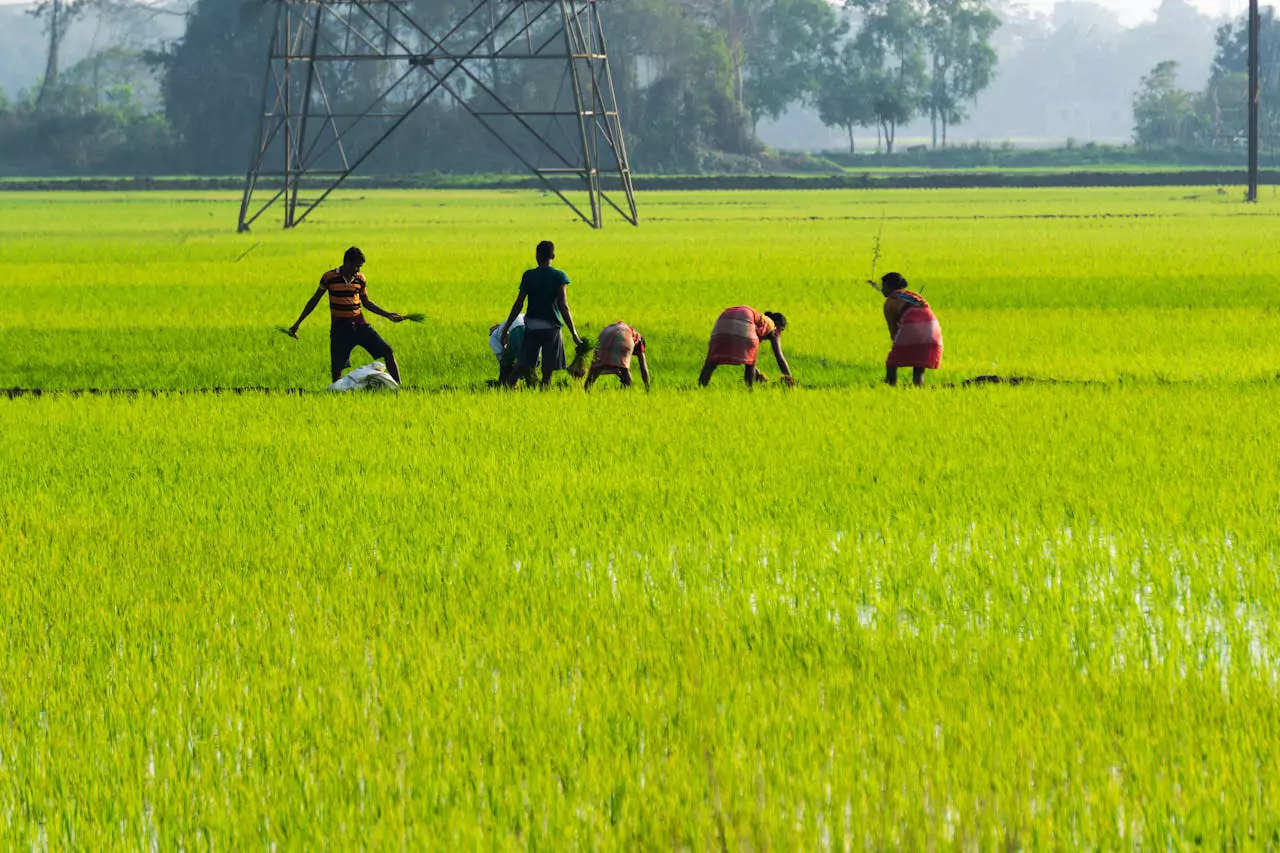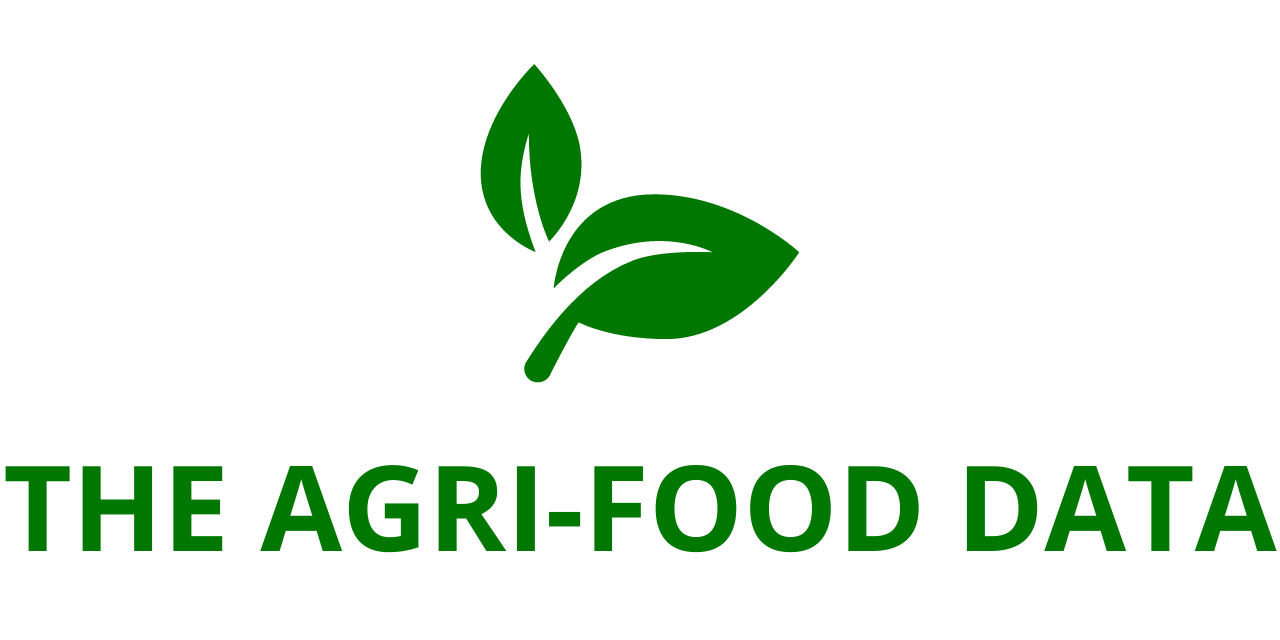
Farmers across North America are facing increasing financial hardships due to severe weather conditions, with nearly half (48%) reporting weather-related losses exceeding $10,000 in the past year, according to the newly released 2025 Agricultural Weather Challenges Report from the Association of Equipment Manufacturers (AEM). The findings emphasize the growing impact of climate pressures on agricultural businesses and the industry’s shift toward precision agriculture as a means of mitigating these challenges.
Financial Toll of Extreme Weather
The AEM study, which surveyed 128 active farmers across nine countries, revealed that weather remains one of the most pressing concerns in agriculture, ranking just behind labor costs as the industry’s most significant challenge. The data indicates that extreme weather events are not only increasing in frequency but are also taking a severe financial toll on farmers, particularly those operating smaller Among the key findings:
- 48% of farmers reported experiencing weather-related financial losses exceeding $10,000.
- Small family farms suffered the most, with 60% of operations under 100 acres facing significant losses due to weather challenges.
- Drought remains the most widespread issue, affecting a staggering 82% of surveyed farmers.
These findings paint a stark picture of the financial instability that many agricultural producers face, as prolonged droughts, unexpected frosts, and shifting weather patterns reduce crop yields and increase operational costs. Farmers are being forced to adapt their methods rapidly to stay viable in an increasingly unpredictable climate.
Shifting Toward Data-Driven Decision Making
As weather patterns grow more erratic, farmers are changing the way they monitor and respond to these conditions. The AEM report found a notable decline in reliance on traditional weather information sources, such as television broadcasts and free weather apps, in favor of more advanced and localized data solutions. The key trends include:
- Traditional weather source usage has declined by 5% since 2023, as farmers seek more accurate and real-time monitoring tools.
- On-site weather monitoring adoption has increased by 7%, reflecting a growing emphasis on precision agriculture and data-driven decision-making.
“This report confirms what we’re hearing from every day—weather challenges are not only persistent, but they’re forcing a shift in how growers make decisions,” said Chris Sullivan, Agriculture Market Sector Leader at AEM. “Traditional weather sources alone are no longer enough. More farmers are turning to real-time, localized monitoring to build resilience, optimize resources, and protect their operations from increasing climate volatility.

With the rise of affordable weather-monitoring technology, such as on-site sensors and satellite data, farmers now have access to more precise weather predictions and climate insights. These tools help them make more informed decisions about irrigation, planting schedules, and pest control, ultimately improving yields and reducing losses.
Regional Differences in Climate Concerns
The AEM report also revealed notable regional variations in how perceive and respond to climate challenges. While drought and severe weather events are affecting farms across North America, the level of concern about climate change itself differs between the United States and Canada.
- In the United States, concern over climate change has declined, with only 53% of farmers expressing worry about its effects, down from 59% in 2023. Instead, many farmers are focusing on drought resilience, soil moisture monitoring, and irrigation optimization to combat water shortages and maximize productivity.
- In Canada, however, climate concerns have surged, with 67% of farmers now worried about its effects—double the percentage from 2023. Canadian farmers are increasingly prioritizing better weather forecasting and air quality monitoring, particularly as wildfires and extreme weather shifts become more frequent.
The differing perspectives on climate change may be influenced by recent weather patterns and government policies in each country. While U.S. farmers are adapting through technological advancements and water conservation strategies, Canadian farmers are responding to more immediate threats like smoke from wildfires and volatile temperature swings.
Policy and Industry Implications
The 2025 Agricultural Weather Challenges Report provides critical insights for policymakers, agribusiness leaders, and technology providers aiming to support the agricultural sector in overcoming climate-related challenges. Some of the key recommendations include:
- Investing in Weather-Resilient Farming Technologies: Encouraging the adoption of advanced weather monitoring systems and precision agriculture tools can help farmers make better-informed decisions and reduce financial losses.
- Enhancing Government Support Programs: Policymakers should consider expanding crop insurance options, providing financial incentives for climate-smart farming practices, and investing in infrastructure to improve water access for drought-stricken regions.
- Strengthening Climate Education and Resources: Agricultural organizations and government agencies should work together to provide farmers with up-to-date climate information, best practices for soil conservation, and strategies to mitigate climate risks.
As climate variability continues to pose challenges for global food production, these policy and industry responses will be crucial in helping farmers build resilience and sustain their operations in the long term.





